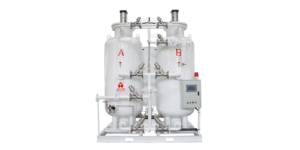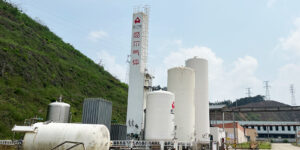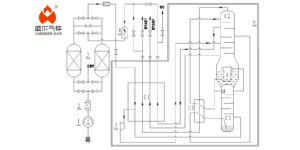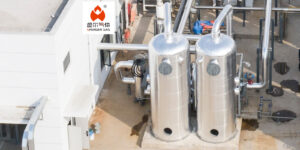In the refined world of winemaking, where tradition meets technology, nitrogen generators for Wine Making represents a modern approach to preserving the timeless quality. These systems, though less celebrated than oak barrels or vineyard terroirs, play a crucial role in safeguarding the wine from the moment of conception to the final corking.
What is the role of nitrogen in wine making?
Nitrogen plays a crucial role in winemaking, primarily due to its inert nature. It doesn’t react with wine, making it an ideal choice for several key processes:
- Oxidation Prevention: Nitrogen helps in protecting wine from oxidation. Oxidation can lead to undesirable changes in flavor, aroma, and color of the wine. By displacing oxygen, nitrogen helps in preserving the wine’s intended quality.
- Preservation: During storage and aging, nitrogen can be used to create a protective layer over the wine, minimizing its contact with oxygen and thereby slowing down the aging process and maintaining the wine’s freshness.
- Blanketing: Nitrogen gas is used to blanket tanks and barrels during the winemaking process. This protective layer of gas prevents oxygen from interacting with the wine, preserving its characteristics and stability.
What is the purpose of a nitrogen generator?
A nitrogen generator’s primary purpose in winemaking is to produce nitrogen gas on-demand for use in various stages of the wine production process. The benefits of using a nitrogen generator include:
- Cost-Effectiveness: Having a nitrogen generator reduces the need to purchase bottled nitrogen, cutting down long-term costs associated with nitrogen use in winemaking.
- Convenience and Safety: On-site generation of nitrogen ensures a consistent and uninterrupted supply, eliminating the logistical challenges and safety risks associated with handling and storing high-pressure nitrogen cylinders.
- Quality Control: Nitrogen generators allow winemakers to produce nitrogen gas with specific purity levels suited to their needs, ensuring optimal protection against oxidation without the risk of contamination.
Can Nitrogen Sparging Remove Oxygen from Wine?
Yes, nitrogen sparging is an effective method used to remove dissolved oxygen from wine. In this process, nitrogen gas is bubbled through the wine. The nitrogen bubbles attach to oxygen molecules and other unwanted gases dissolved in the wine and carry them to the surface, where they can be released. This method effectively reduces the oxygen content in the wine, thereby minimizing the risk of oxidation and spoilage.
How to Degas Wine with Nitrogen
Degas wine with nitrogen involves a process similar to nitrogen sparging:
- Setup: The wine to be degassed is placed in a suitable container, ensuring there’s enough headspace for the gas exchange.
- Nitrogen Injection: Nitrogen gas is then gently bubbled into the wine using a sparging stone or a similar diffusion device. The stone or device is submerged in the wine, and nitrogen is released in fine bubbles.
- Gas Exchange: As the nitrogen bubbles rise through the wine, they attach to dissolved gases (including oxygen, carbon dioxide, and any volatile sulfur compounds) and carry them out of the liquid.
- Duration: The process continues until the desired level of degasification is achieved. The time required can vary depending on the volume of wine and the initial level of dissolved gases.
- Completion: Once degassing is complete, the wine is typically transferred to a new, oxygen-free environment or immediately prepared for bottling under a nitrogen blanket to prevent reabsorption of gases.
As we celebrate the artistry and science behind winemaking, let’s also acknowledge the modern tools and technologies that contribute to this age-old craft. Nitrogen generators might not be the subject of romantic winery tales, but their contribution is undeniable. They ensure that the tradition of winemaking continues to thrive in the modern era, blending the best of both worlds for wine enthusiasts everywhere.








